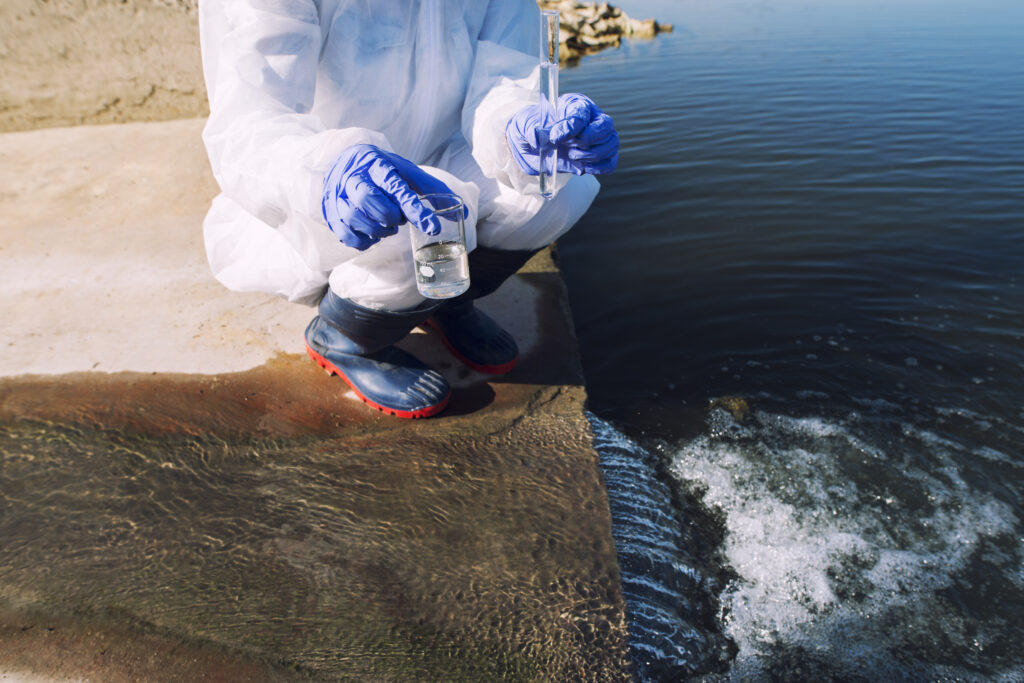Subsea engineering represents a vital frontier inside the improvement of underwater infrastructure, encompassing a wide range of technologies and innovations geared toward harnessing the assets and opportunities of the sea ground.
From offshore oil and gasoline manufacturing to renewable power technology and underwater transportation structures, subsea engineering performs a pivotal position in unlocking the capability of the underwater surroundings.
Subsea engineering has revolutionized offshore oil and gas manufacturing, permitting the extraction of hydrocarbons from deepwater reservoirs in a safe, green, and environmentally accountable manner.
Subsea manufacturing systems reduce the environmental footprint of offshore operations via decreasing the want for floor infrastructure and minimizing the threat of oil spills and leaks.
Subsea pipelines and flowlines delivery hydrocarbons from subsea wells to onshore processing centers, minimizing the environmental impact of offshore transportation and decreasing the chance of oil spills and leaks.
![[GetPaidStock.com]-65e0455c10e60 [GetPaidStock.com]-65e0455c10e60](https://centreasia.org/wp-content/uploads/elementor/thumbs/GetPaidStock.com-65e0455c10e60-qkkq8gl7517tnk219w2onyd9c8m89vf06h1ewmtn08.jpg)
Advances in subsea device, consisting of subsea wellheads, pipelines, and control structures, have enabled the improvement of offshore fields located in an increasing number of difficult environments, such as ultra-deepwater and excessive-stress, excessive-temperature reservoirs.
![[GetPaidStock.com]-65e0460345e32 [GetPaidStock.com]-65e0460345e32](https://centreasia.org/wp-content/uploads/elementor/thumbs/GetPaidStock.com-65e0460345e32-qkkq9435vw3zpt3wgo8cwafs6veemb0alpcjwjusoo.jpg)
Subsea processing structures, which includes subsea separation and compression devices, permit the production of clean, dry fuel and stabilized crude oil on the seabed, eliminating the need for costly and environmentally intrusive surface centers.
![[GetPaidStock.com]-65e04524041bb [GetPaidStock.com]-65e04524041bb](https://centreasia.org/wp-content/uploads/elementor/thumbs/GetPaidStock.com-65e04524041bb-qkkq9ntrvev0hmb89eriunggnyp43y6nof1qzd1j20.jpg)
This article explores the contemporary improvements in subsea engineering and their implications for the improvement of underwater infrastructure. Subsea engineering encompasses a range of technology for processing, treating, and transporting hydrocarbons immediately on the seabed.
![[GetPaidStock.com]-65e0459756753 [GetPaidStock.com]-65e0459756753](https://centreasia.org/wp-content/uploads/elementor/thumbs/GetPaidStock.com-65e0459756753-qkkqaadwffpw89egloikihrix7lx8oo7ripei042wo.jpg)
Subsea cables and power distribution structures transport electricity generated offshore to onshore grids, permitting the mixing of renewable energy into the worldwide power mix and lowering dependence on fossil fuels.
![[GetPaidStock.com]-65e0455c10e60 [GetPaidStock.com]-65e0455c10e60](https://centreasia.org/wp-content/uploads/elementor/thumbs/GetPaidStock.com-65e0455c10e60-1-qkkqbr0v25pyafa02b9oe4hc6seh7qh6mr8ldhy188.jpg)
Subsea mining operations limit the environmental impact of useful resource extraction by avoiding the destruction of sensitive ecosystems and decreasing the danger of habitat disturbance and pollutants.
![[GetPaidStock.com]-65e0457d63ee1 [GetPaidStock.com]-65e0457d63ee1](https://centreasia.org/wp-content/uploads/elementor/thumbs/GetPaidStock.com-65e0457d63ee1-qkkqcbpb8ii9dufypk7gwz9h99kjx2ra1ll9xl3dfc.jpg)
Advances in subsea mining technology, consisting of remotely operated automobiles (ROVs) and self reliant underwater vehicles (AUVs), permit the exploration and extraction of mineral deposits, consisting of polymetallic nodules, manganese crusts, and hydrothermal vent minerals.
Subsea engineering is using the development of offshore renewable energy sources, along with offshore wind, wave, and tidal strength. Advances in subsea foundation systems, which include monopiles, jackets, and floating systems, enable the set up of wind generators and other renewable power gadgets in deepwater environments.

Subsea engineering is riding innovation in underwater transportation structures, including subsea tunnels, pipelines, and cables. Subsea tunnels enable the development of underwater transportation links, connecting islands, coastal communities, and offshore centers with the mainland. Subsea pipelines and cables shipping water, energy, and telecommunications services across substantial distances, facilitating the development of offshore infrastructure and supporting economic increase and development in coastal regions.
